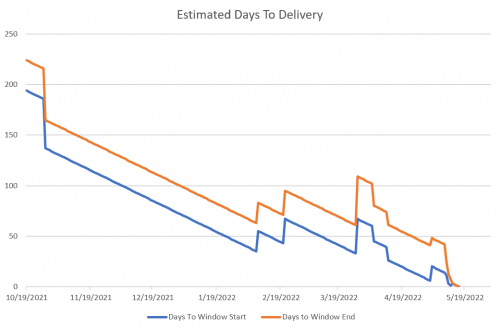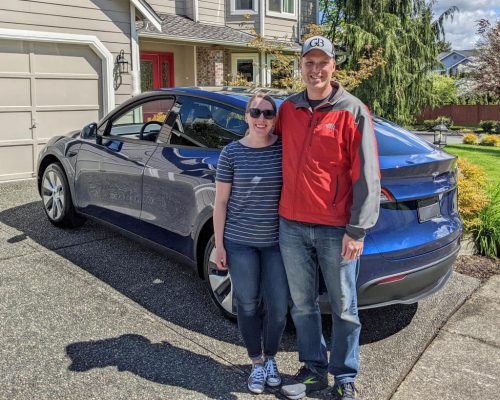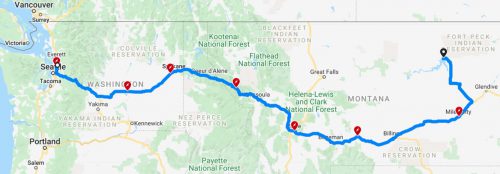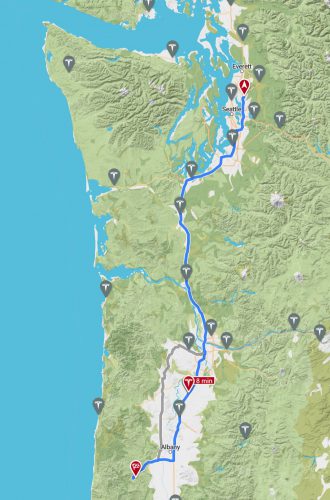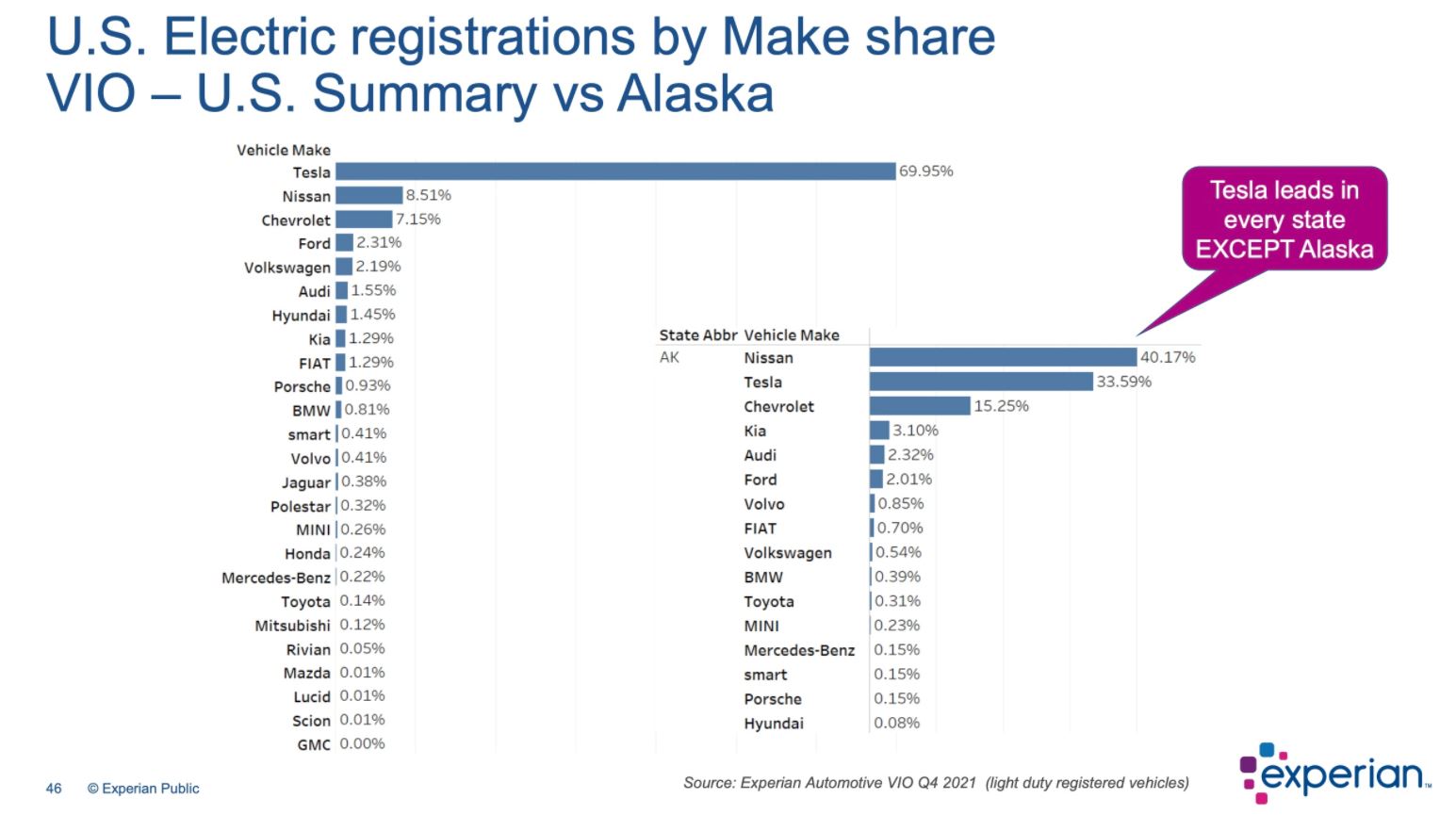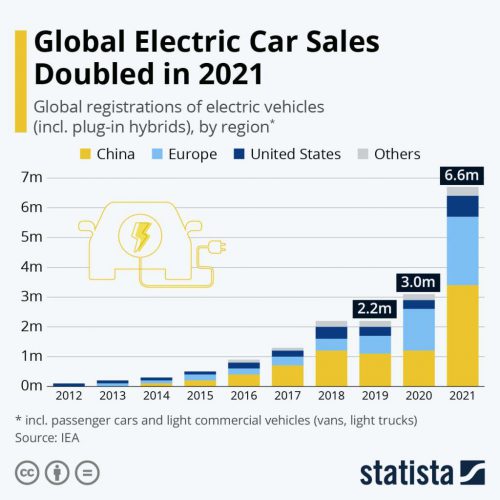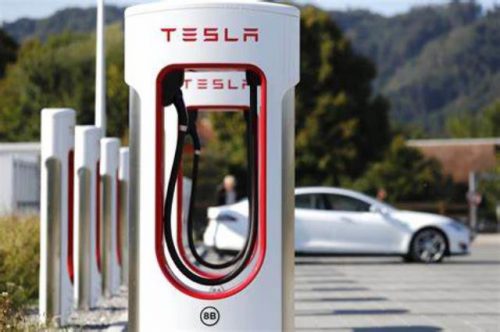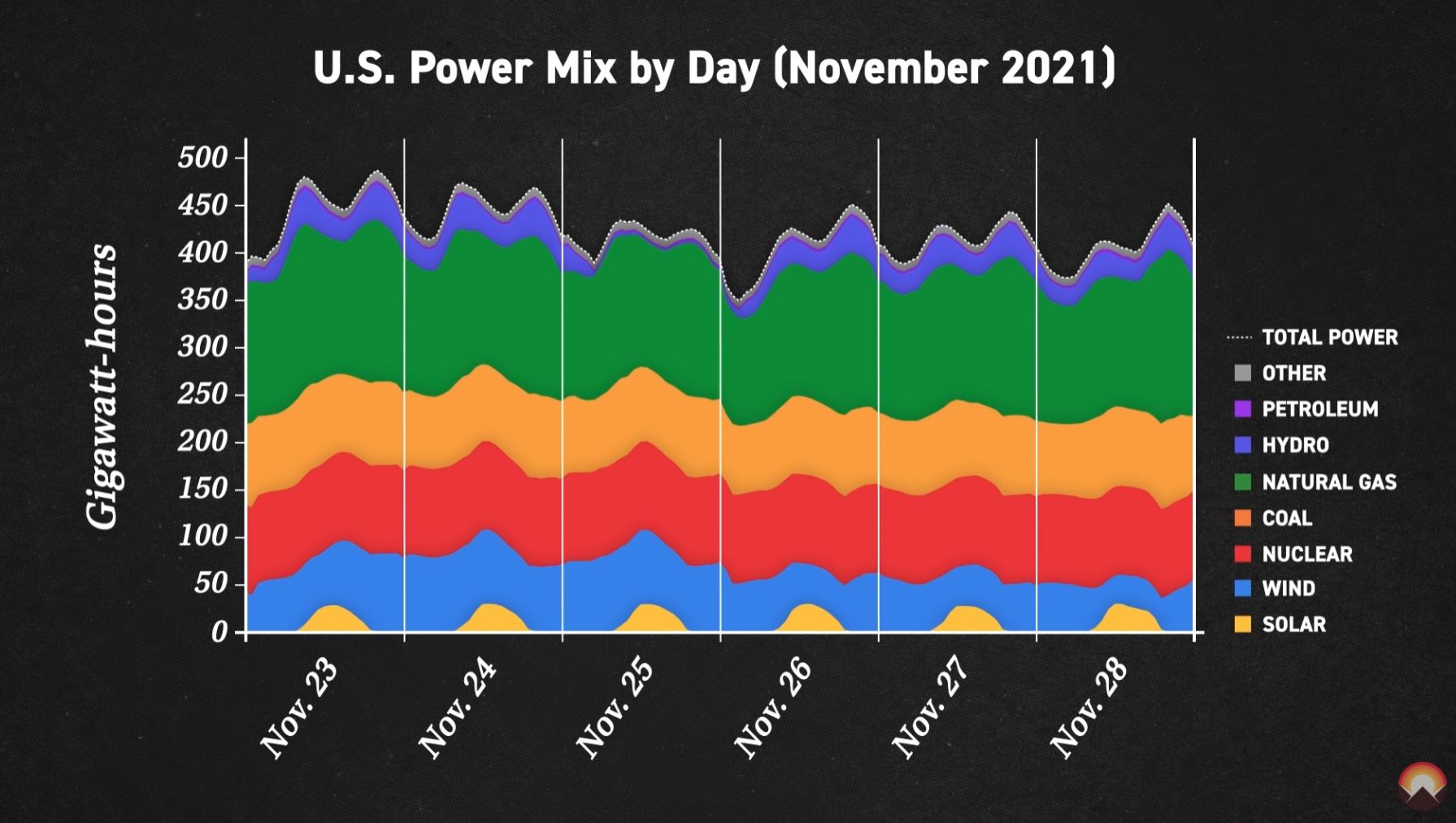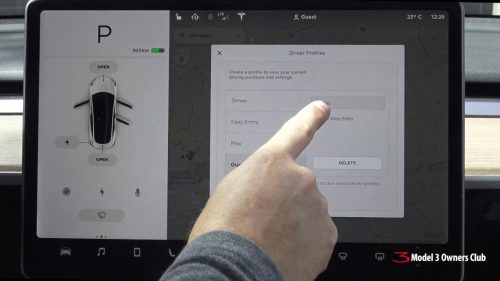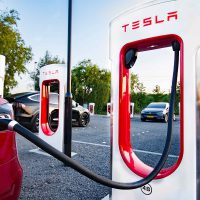
Welcome to another Tesla Tuesday! I hope you’re ready for more of this because now that we have it in our garage, I have a few weeks of post ideas queued up.
This week let’s talk about the question “How long does it take to charge?” I get it. I asked the same question when I was researching. The questions is a bit flawed though. Driving a gas vehicle, we think in terms of stopping to fill up. When you’re driving an electric vehicle, it’s most economical to arrive at home empty, not full. It’s significantly cheaper to charge at home. The goal is to make sure that your home charging solution can supply enough juice to let you leave with a full battery in the morning.
When I was doing the math, I kept thinking about how long it would take to charge from 0% to 100%. My home charger adds about 14 miles of range per hour so it would take almost a day to go from 0 to 100%! Is that ok? It turns out that yes, this is fine, because in the entire life of your vehicle, you’ll almost certainly never do 0-100%. Running down to 0% is bad for the battery and charging to 100% isn’t great either (though it’s ok when you’re preparing for a long drive.) A much more likely scenario is that overnight you’ll simply be replacing the charge that you used during the day. We drive around 80 miles per day so in less than 6 hours, I’ve recovered my lost charge for the day. That leaves a LOT of leeway for longer trips on weekends, and even if I didn’t completely refill from an exceptionally low battery state, I’d have plenty for my normal day of commuting.
But charging speed DOES matter when on a road trip. If you’re traveling more than one charge form home, and if you’re not charging at your destination, then you’ll be supercharging. All Tesla superchargers are faster than home chargers by there are a variety of speeds ranging from 72 kW to 250 kW. My 220v 20amp circuit at home is good for 4 kW so these Superchargers are significantly faster. We did a test at a 150 kW charger and added 17% to our battery in 7 minutes. That supercharger was adding around 10 miles of range for every minute we charged and it wasn’t even the fastest charger version!
Further complicating the original questions is that batteries charge fastest at lower charge states and they get much slower as you approach 100%. So if you’re really trying to optimize your stops (like on an EV Canonball Run), you would keep your charges in roughly the 10-50% range. Here’s a chart showing how much juice you can shove into a Tesla battery at various states of charge:
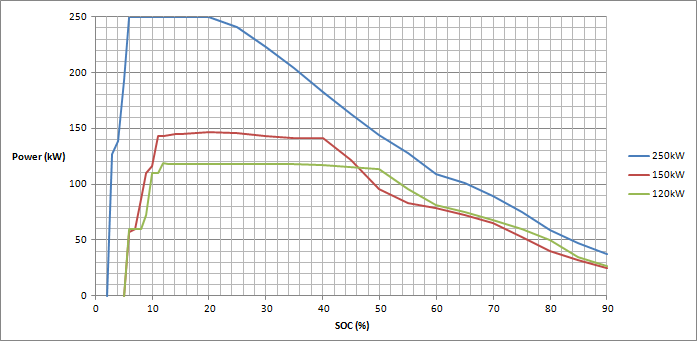
So how long does it take to charge the battery? I don’t know, and most of the time, I don’t pay any attention to charging speed. If I’ve got enough juice to get through my day then I’m good to go and I know it will be full again the next morning. I’ll think about it more on a road trip, but even then, if I’m stopping for the bathroom or food, it’s going to be ready for the next leg of the trip before I am. Stay tuned for a future post about what it is like to plan and execute a road trip on battery power!

